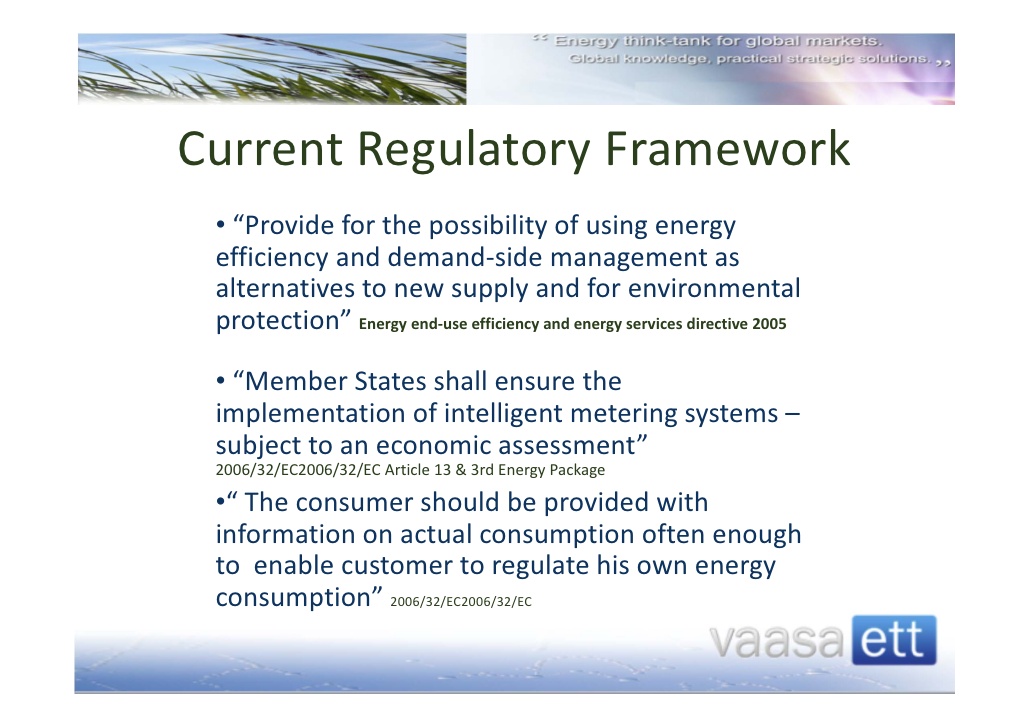If you have ever tried to really understand your utility bill, you know that sometimes utility bills are not very clear (ok...most of the time!). It is not uncommon for the bill to not show the actual total kilowatt hour costs.
An additional factor that is often overlooked and has little attention paid to it is how peak demand is factored into your kilowatt hour price.
But Isn't Peak Demand Factored Into My Kilowatt Hour Charge?
Nope.....the peak demand charge is actually in addition to your normal kilowatt hour charge. You’ll have a kilowatt hour rate; let's say its $.10 cents a kilowatt hour.....then there will be a different charge that is in a different format.
What we have been seeing in most businesses is if there is a peak demand charge, there's a separate line item for that.
What Is Peak Demand?
Peak demand in layman’s terms is every day your business at one point has a spike in peak current, so what the Utilities do is they monitor that and the highest point for the month, that is your peak demand.
What Do Peak Demand Rates Look Like?
Now, peak demand rates obviously can vary depending on municipality, power factor, other things like that. It’s not uncommon to see $300-$400 of an electrical bill be dedicated to peak demand on top of your standard kilowatt hour rate.
We have not seen consistent utility bill calculations, the point is to really analyze your bill and make sure that you’re factoring all your costs.
How Can I Lower Peak Demand Charges?
The Easy Way To Reduce Peak Demand Charges
The easiest way to reduce Peak Demand is to understand your power draw and what time of day you see the greatest power draw.
Just simply shift that high power consumption period to off hours...usually beyond the 8-5 work day (this varies greatly depending on your area.
The More Difficult, But Doable Way To Reduce Peak Demand Charges
Kilowatt hour reduction is key to reducing peak demand charges. Most peak demand rates are tiered according to the overall level of kilowatt hours from the entire facility.
Therefore, if you were to initiate energy efficiency measure in areas that may be unrelated to high amounts of power draw such as lighting, you could potentially lower your peak demand charges simply because you are using less electricity overall.
I list this as difficult because it usually requires some type of energy efficient upgrade whether your talking about motors, lighting, or heating and cooling.
The benefit of lowering your overall demand is the more you lower your kilowatt hours, the lower your peak demand is.
You’re still going to have that peak demand charge, but it’s not uncommon to shave it in half just by reducing kilowatt hours.
Learn More About Additional Benefits Of Energy Efficient Solutions
While reducing the peak demand charges from your utility may not be a priority, there are several additional reasons why you should consider energy efficient upgrades for your business or facility.
We created an eBook to help you see how energy efficient improvements at your facility carry well beyond just savings. Download your FREE copy by clicking on the book cover below.

